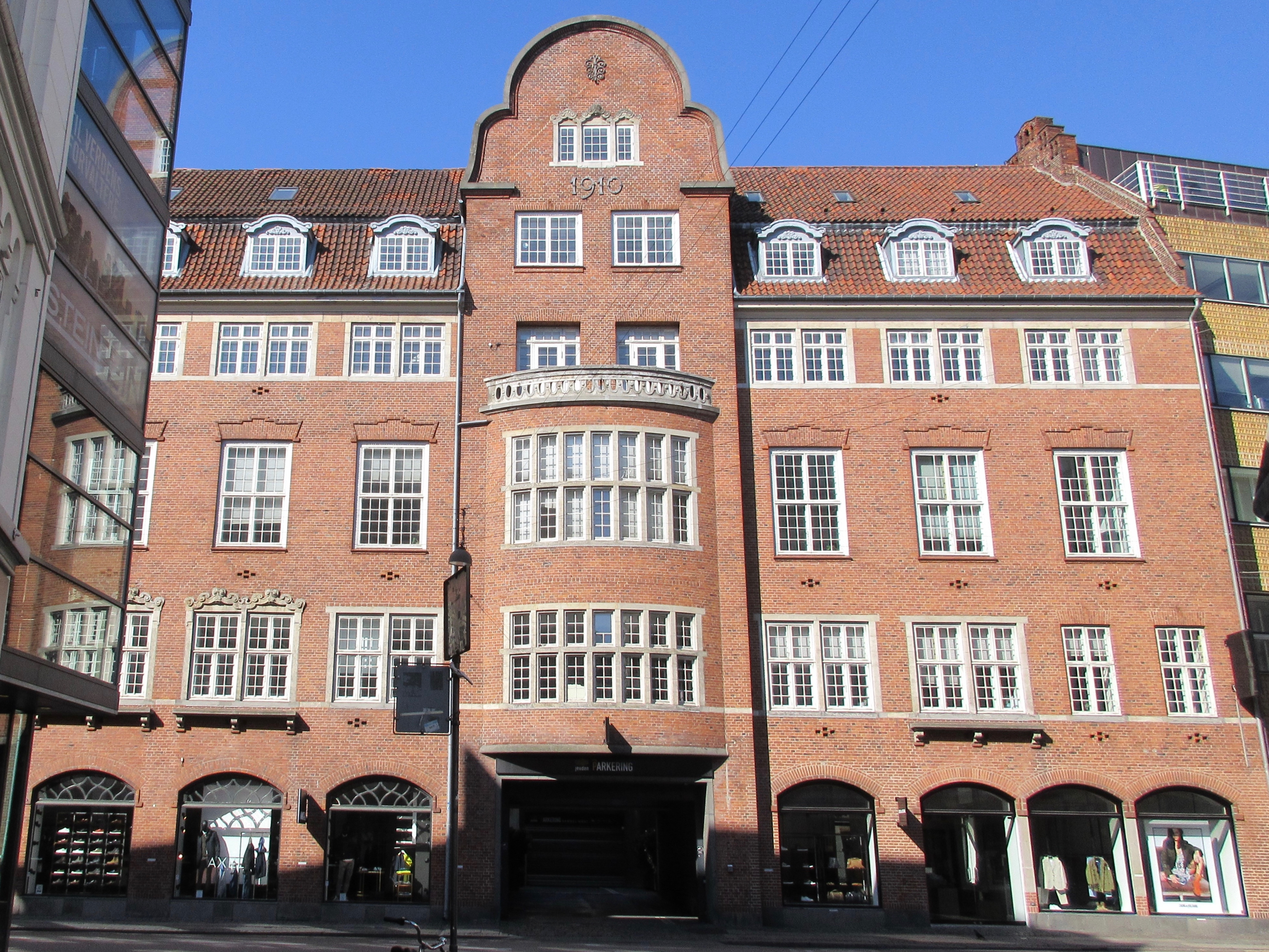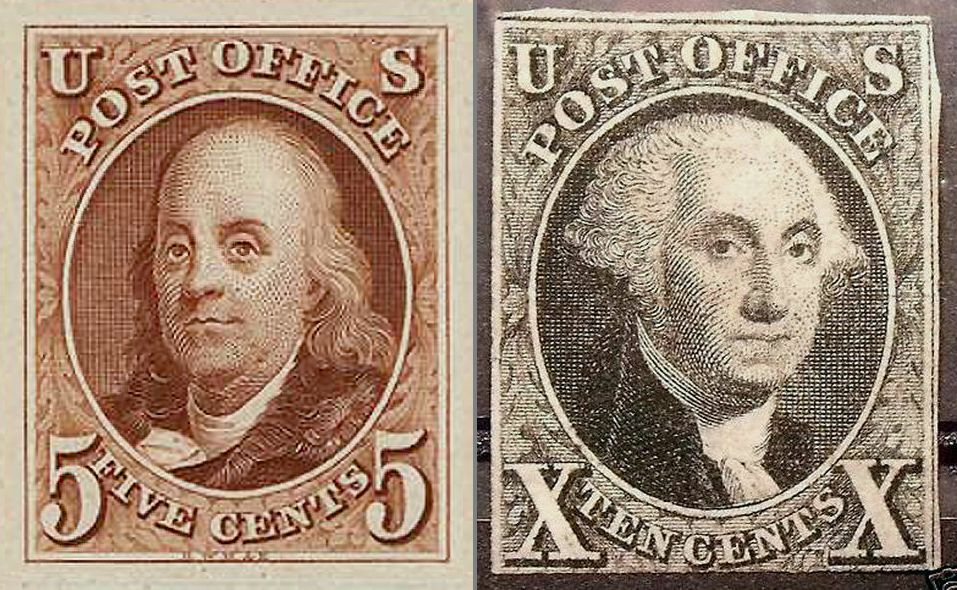|
Tagea Brandt
Tagea Brandt née Rovsing (1847–1882), was a Danish woman. The Tagea Brandt Rejselegat is named in her honor. Biography Brandt was born Tagea Rovsing in Copenhagen on 17 March, 1847. She was born to the educator, principal and politician Kristen Rovsing (1812–1889) and the feminist and women's right activist Marie Rovsing (1814–1888). She was educated at the progressive girls' school Døtreskolen af 1791, and was able to study the French language in Paris in 1861. Her mother belonged to the pioneer generation of the Danish women's movement of first wave feminism, and was one of the first members of the Dansk Kvindesamfund (DK) when it was founded in 1871. Tagea and her sister Esther was introduced by their mother to Kvindelig Læseforening ('Women's Reading Club'). She was a board member and secretary of Kvindelig Læseforening from 1877 until 1880. She was known for her clear head and optimism. In 1880, she resigned her assignments within the women's movement in order ... [...More Info...] [...Related Items...] OR: [Wikipedia] [Google] [Baidu] |
Tagea Brandt Rejselegat
The Tagea Brandts ''Rejselegat'' (Travel Scholarship) is a Danish award to women who have made a significant contribution in science, literature or art. The grant, which is given without application, was created and endowed by Danish industrialist Vilhelm Brandt (1854–1921) in 1905 in honor of his wife, Tagea Brandt. It is awarded annually on 17 March, her birthday. The charter of 1922 provides that it shall be given to outstanding women in science, art, music, literature and theater arts (particularly in this case to actresses at the Royal Danish Theatre The Royal Danish Theatre (RDT, Danish: ') is both the national Danish performing arts institution and a name used to refer to its old purpose-built venue from 1874 located on Kongens Nytorv in Copenhagen. The theatre was founded in 1748, first s ...). The intent is for the awardee to both broaden her horizons while promoting Danish society abroad, and to benefit from vacation and rest time. The first scholarships were give ... [...More Info...] [...Related Items...] OR: [Wikipedia] [Google] [Baidu] |
Kvindelig Læseforening
Kvindelig Læserforening ( English: Women Readers' Association) was a membership-based, private library for women which existed from 1872 until 1945 in Copenhagen, Denmark. Its former building on Gammel Mønt (No. 1) is designed by Ulrik Plesner. It now houses the newspaper Weekendavisen. History Kvindelig Læserforening was founded at the initiative of Sophie Petersen (née Alberti) on 1 October 1872 and was inspired by Läsesalong för Damer in Sweden. The library initially comprised 1,007 volumes. The number of members quickly grew and it outgrew its premises several times. In 1910, the Women Readers' Association purchased a lot at the corner of Gammel Mønt and Antonigade. A four-storey building designed by Ulrik Plesner and Aage Langeland-Mathiesen was completed at the site in 1910. It contained reading rooms, a lending department, restaurant as well as hotel rooms reserved for women on the top floor. The latter was inspired by the Martha Washington Hotel in Nyew Yor ... [...More Info...] [...Related Items...] OR: [Wikipedia] [Google] [Baidu] |
1847 Births
Events January–March * January 4 – Samuel Colt sells his first revolver pistol to the U.S. government. * January 13 – The Treaty of Cahuenga ends fighting in the Mexican–American War in California. * January 16 – John C. Frémont is appointed Governor of the new California Territory. * January 17 – St. Anthony Hall fraternity is founded at Columbia University, New York City. * January 30 – Yerba Buena, California, is renamed San Francisco. * February 5 – A rescue effort, called the First Relief, leaves Johnson's Ranch to save the ill-fated Donner Party (California-bound emigrants who became snowbound in the Sierra Nevada earlier this winter; some have resorted to survival by cannibalism). * February 22 – Mexican–American War: Battle of Buena Vista – 5,000 American troops under General Zachary Taylor use their superiority in artillery to drive off 15,000 Mexican troops under Antonio López de Santa Anna, defeating the Mexicans the next day. * ... [...More Info...] [...Related Items...] OR: [Wikipedia] [Google] [Baidu] |
Women In Denmark
The modern-day character and the historical status of women in Denmark has been influenced by their own involvement in women's movements and political participation in the history of Denmark. Their mark can be seen in the fields of politics, women's suffrage, and literature, among others. History The legal, civilian, and cultural status of women in prehistoric society during the Stone Age, Bronze Age, and Iron Age in Scandinavia are somewhat obscure, but Viking Age sources indicate that women were relatively free, compared to men, contemporary societies, and the later Middle Ages. With the gradual introduction of Catholicism in Scandinavia in the early Middle Ages, women's rights were increasingly regulated and restricted. During the Middle Ages, the legal rights of women in Denmark were regulated by the county laws, the '' landskabslovene'' from the 13th-century, and therefore varied somewhat between different counties. However, a married woman was generally under the guardi ... [...More Info...] [...Related Items...] OR: [Wikipedia] [Google] [Baidu] |
Vilhelm Brandt
Vilhelm is a masculine given name, the Scandinavian form of William and Wilhelm. Notable people with the name include: * Vilhelm Ahlmann (1852-1928), Danish-Swedish architect * Vilhelm Andersen (1864–1953), Danish author, literary historian and intellectual * Vilhelm Andersson (1891–1933), Swedish water polo player and freestyle swimmer * Vilhelm Aubert (1922–1988), Norwegian sociologist * Vilhelm Mariboe Aubert (1868–1908), Norwegian jurist * Vilhelm Bjerke-Petersen (1909-1957), Danish painter, writer and art theorist * Vilhelm Bjerknes (1862–1951), Norwegian physicist, founder of modern meteorology * Vilhelm Bissen (1836–1913), Danish sculptor * Vilhelm Frimann Christie Bøgh (1817–1888), Norwegian archivist * Vilhelm Bryde (1888–1974), Swedish actor and art director * Vilhelm Buhl (1881–1954), Prime Minister of Denmark in 1942 and again in 1945 * Vilhelm Carlberg (1880–1970), Swedish Olympic champion shooter * Vilhelm Dahlerup (1826–1907), Danish ... [...More Info...] [...Related Items...] OR: [Wikipedia] [Google] [Baidu] |
Odense
Odense ( , , ) is the third largest city in Denmark (behind Copenhagen and Aarhus) and the largest city on the island of Funen. As of 1 January 2022, the city proper had a population of 180,863 while Odense Municipality had a population of 205,978, making it the fourth largest municipality in Denmark (behind Copenhagen, Aarhus and Aalborg municipalities). Eurostat and OECD have used a definition for the Metropolitan area of Odense (referred to as a '' Functional urban area''), which includes all municipalities in the Province (Danish: ''landsdel'') of Funen (Danish: ''Fyn''), with a total population of 504,066 as of 1 July 2022https://appsso.eurostat.ec.europa.eu/nui/show.do?dataset=urb_lpop1&lang=en&fbclid=IwAR2SFTy1xGM8VcLHijhmSDQWd9Fr3TYx7JlKxg81_09e-KzEtmEgjL5L2UU By road, Odense is located north of Svendborg, to the south of Aarhus and to the southwest of Copenhagen. The city was the seat of Odense County until 1970, and Funen County from 1970 until 1 January 2 ... [...More Info...] [...Related Items...] OR: [Wikipedia] [Google] [Baidu] |
Vilhelm Brand
Vilhelm is a masculine given name, the Scandinavian form of William and Wilhelm. Notable people with the name include: * Vilhelm Ahlmann (1852-1928), Danish-Swedish architect * Vilhelm Andersen (1864–1953), Danish author, literary historian and intellectual * Vilhelm Andersson (1891–1933), Swedish water polo player and freestyle swimmer * Vilhelm Aubert (1922–1988), Norwegian sociologist * Vilhelm Mariboe Aubert (1868–1908), Norwegian jurist * Vilhelm Bjerke-Petersen (1909-1957), Danish painter, writer and art theorist * Vilhelm Bjerknes (1862–1951), Norwegian physicist, founder of modern meteorology * Vilhelm Bissen (1836–1913), Danish sculptor * Vilhelm Frimann Christie Bøgh (1817–1888), Norwegian archivist * Vilhelm Bryde (1888–1974), Swedish actor and art director * Vilhelm Buhl (1881–1954), Prime Minister of Denmark in 1942 and again in 1945 * Vilhelm Carlberg (1880–1970), Swedish Olympic champion shooter * Vilhelm Dahlerup (1826–1907), Danish ar ... [...More Info...] [...Related Items...] OR: [Wikipedia] [Google] [Baidu] |
Dansk Kvindesamfund
The Danish Women's Society or DWS ( da, Dansk Kvindesamfund) is Denmark's oldest women's rights organization. It was founded in 1871 by activist Matilde Bajer and her husband Fredrik Bajer; Fredrik was a Member of Parliament and the 1908 Nobel Peace Prize laureate. The association stands for an inclusive, intersectional and progressive liberal feminism, and advocates for the rights of all women and girls and LGBT rights. It publishes the world's oldest women's magazine, '' Kvinden & Samfundet'' (Woman and Society), established in 1885. The Danish Women's Society is a member of the International Alliance of Women and is a sister association of the Norwegian Association for Women's Rights and the Icelandic Women's Rights Association. History Founded in 1871, the organization was inspired by Mathilde Bajer's membership of the Danish local branch of the Swiss ''Association internationale des femmes'' and her husband's interest in women's emancipation. The Women's Society set out to prov ... [...More Info...] [...Related Items...] OR: [Wikipedia] [Google] [Baidu] |
Denmark
) , song = ( en, "King Christian stood by the lofty mast") , song_type = National and royal anthem , image_map = EU-Denmark.svg , map_caption = , subdivision_type = Sovereign state , subdivision_name = Kingdom of Denmark , established_title = Consolidation , established_date = 8th century , established_title2 = Christianization , established_date2 = 965 , established_title3 = , established_date3 = 5 June 1849 , established_title4 = Faroese home rule , established_date4 = 24 March 1948 , established_title5 = EEC accession , established_date5 = 1 January 1973 , established_title6 = Greenlandic home rule , established_date6 = 1 May 1979 , official_languages = Danish , languages_type = Regional languages , languages_sub = yes , languages = GermanGerman is recognised as a protected minority language in the South Jutland area of Denmark. , demonym = , capital = Copenhagen , largest_city = capital , coordinates = , ethnic_groups = , ethnic_gro ... [...More Info...] [...Related Items...] OR: [Wikipedia] [Google] [Baidu] |
First Wave Feminism
First-wave feminism was a period of feminist activity and thought that occurred during the 19th and early 20th century throughout the Western world. It focused on legal issues, primarily on securing women's right to vote. The term is often used synonymously with the kind of feminism espoused by the liberal women's rights movement with roots in the first wave, with organizations such as the International Alliance of Women and its affiliates. This feminist movement still focuses on equality from a mainly legal perspective. The term ''first-wave feminism'' itself was coined by journalist Martha Lear in a ''New York Times Magazine'' article in March 1968 entitled "The Second Feminist Wave: What do these women want?" First wave feminism is characterized as focusing on the fight for women's political power, as opposed to ''de facto'' unofficial inequalities. While the wave metaphor is well established, including in academic literature, it has been criticized for creating a narrow vi ... [...More Info...] [...Related Items...] OR: [Wikipedia] [Google] [Baidu] |
Døtreskolen Af 1791
Døtreskolen af 1791 ("Daughter School of 1791") was a girls' school active in Copenhagen, Denmark from 1791 until 1899. It is considered one of the first schools in Denmark to give secondary education to females. Adda Hilden (1987''Da kvinder lærte at lære''(Fortid og Nutid) Several well known people were students at Døtreskolen, including the educational pioneer Annestine Beyer. History The school was founded on 12 September 1791. The first serious secondary school for girls (as opposed to finishing schools) in Copenhagen had been ''J. Cl. Todes Døtreskole'', founded in 1787, but the parents had been so discontented with it that they had closed it down in 1791 by removing their daughters from it. The parents of the former students of the closed school, belonging principally to the Copenhagen merchant class, formed a society which started the Døtreskolen af 1791. The students were given education in scientific subjects after the pattern of boys' schools, which made it a pio ... [...More Info...] [...Related Items...] OR: [Wikipedia] [Google] [Baidu] |
.jpg)




